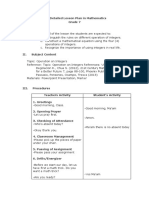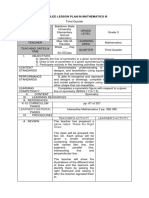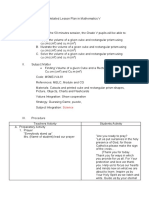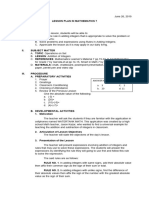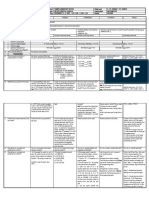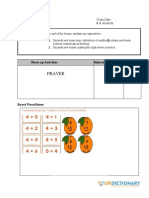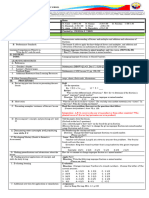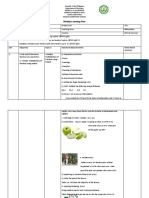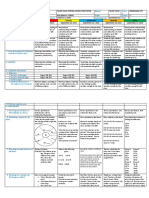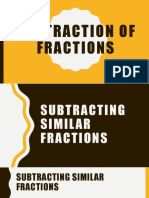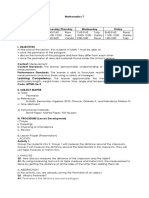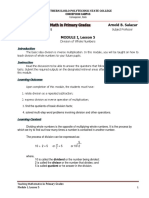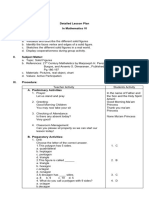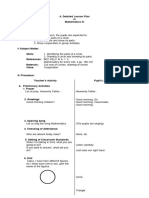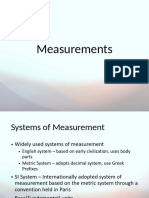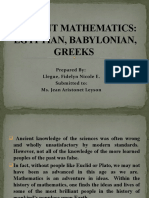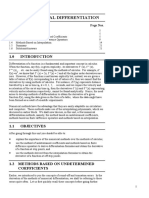0% found this document useful (0 votes)
208 views14 pagesDetailed Lesson Plan
The document outlines a detailed lesson plan on operations of integers in mathematics. It includes objectives to distinguish integer operation rules, construct equations using the four operations, and recognize integers' real-life importance. The lesson plan details procedures for an initiatory phase including an energizer math trick. It then reviews integers and defines absolute value before introducing the four integer operations - addition, subtraction, multiplication, and division. Rules for adding integers with like and unlike signs are presented and examples are worked through.
Uploaded by
Ed'z Wala LicdonCopyright
© © All Rights Reserved
We take content rights seriously. If you suspect this is your content, claim it here.
Available Formats
Download as DOCX, PDF, TXT or read online on Scribd
0% found this document useful (0 votes)
208 views14 pagesDetailed Lesson Plan
The document outlines a detailed lesson plan on operations of integers in mathematics. It includes objectives to distinguish integer operation rules, construct equations using the four operations, and recognize integers' real-life importance. The lesson plan details procedures for an initiatory phase including an energizer math trick. It then reviews integers and defines absolute value before introducing the four integer operations - addition, subtraction, multiplication, and division. Rules for adding integers with like and unlike signs are presented and examples are worked through.
Uploaded by
Ed'z Wala LicdonCopyright
© © All Rights Reserved
We take content rights seriously. If you suspect this is your content, claim it here.
Available Formats
Download as DOCX, PDF, TXT or read online on Scribd
/ 14
